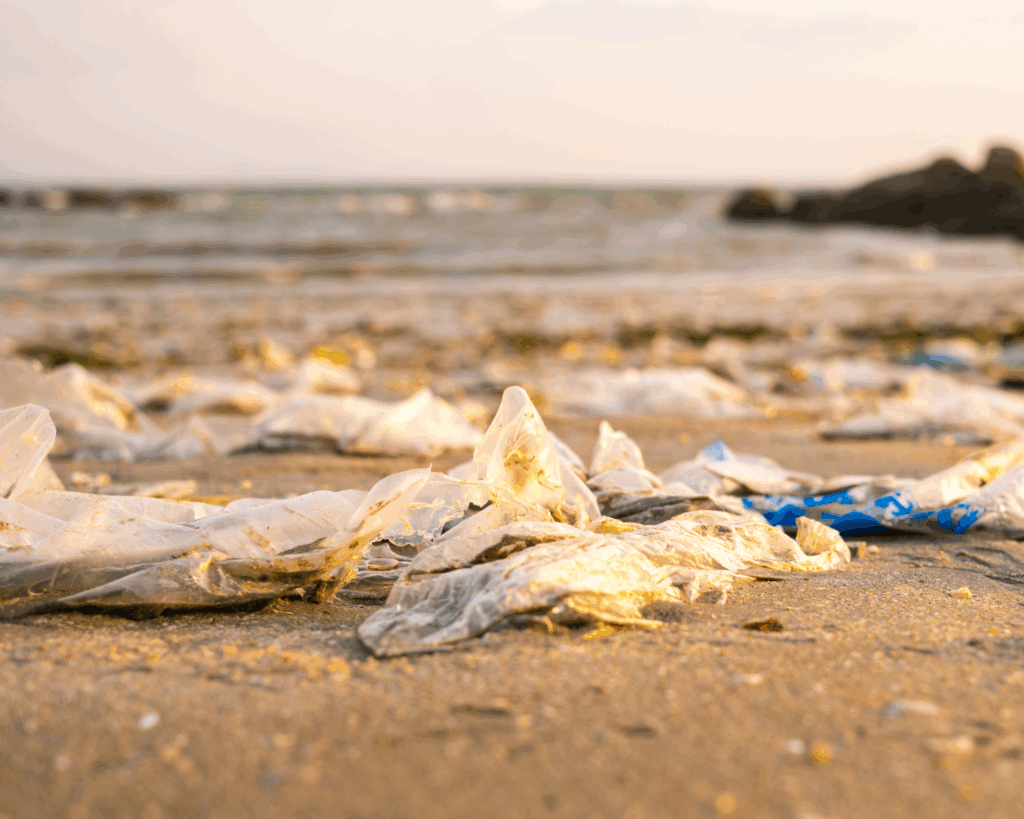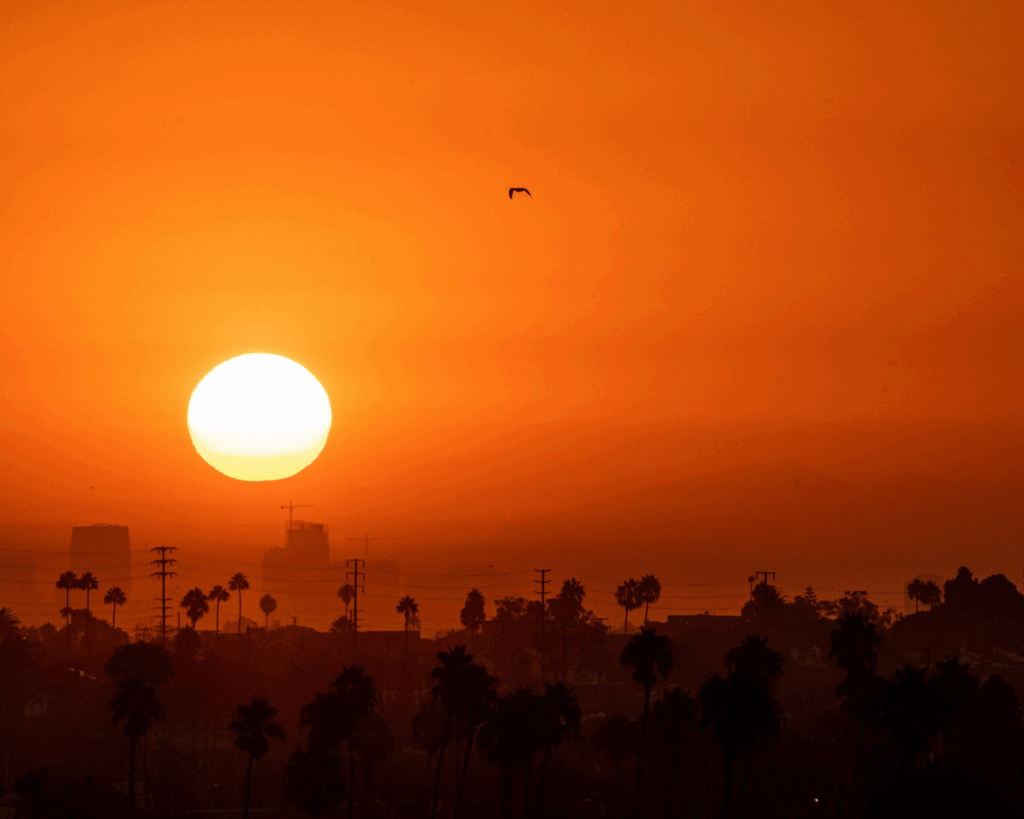Rain, Rain, (It Won’t) Go Away
Researchers investigated the consequences of flooding on short and long-term health by examining the impacts of Hurricane Harvey.

Read Time: 3 minutes
Published:
Subway waterfalls. Submerged storefronts. Cars floating down the street. These images flooded our televisions and social media this year as many parts of the country experienced unprecedented levels of rainfall – largely from hurricanes.
The 2021 hurricane season is nearly over, leaving behind a litany of damages. Hurricane Ida alone contributed to 350 chemical and oil spills across Louisiana, before bringing an onslaught of heavy rain to New Jersey, Maryland, Pennsylvania, and New York.
Floodwaters may be contaminated with raw sewage, household or industrial chemicals, and potentially harmful bacteria and viruses. Consequently, flooding can lead to diseases from contaminated drinking water and skin problems like dermatitis. Floodwaters may also carry large pieces of debris that can cause physical injuries.
Oluyomi et al. investigated the consequences of flooding on short and long-term health by examining the impacts of Hurricane Harvey. In 2017, Harvey dropped 27 trillion gallons of rain over the Houston metropolitan area over the course of six days – the equivalent of more than 50 inches of rainfall. The team gathered data from Harris County, Texas residents at two time points: within 45 days of Harvey’s landfall and 12-14 months after. Participants completed questionnaires asking about their exposure to sewage, dirty water, and mold, as well as self-reported allergic symptoms and stress levels.
Flooding causes serious respiratory and psychological impacts that continue long after the downpour is over.
Within 45 days of Harvey’s landfall, approximately 80% of survey participants saw signs of mold in their homes and reported at least one allergic symptom. Those exposed to dirty water had more than four times the risk of sinus irritation and more than three times the risk of throat and eye irritation than those who escaped such exposure. Even one year after Harvey’s landfall, nearly 70% of participants reported at least one allergic symptom. Home flooding, mold, and sewage were all associated with higher personal stress levels.
Hurricanes largely impact those living in the south and along the eastern seaboard. However, other parts of the country – from Tennessee to Michigan – have also experienced extreme rainfall from another culprit: climate change. As our planet warms, more frequent and intense flooding will become a regular occurrence in many parts of the US.
We know more flooding is coming, but our infrastructure is ill-equipped to handle it. In June, overloaded pumphouses in Michigan couldn’t remove water from the highways. In September, Massachusetts’ sewer systems overflowed into public waterways due to heavy rainfall. During that same month, New York City’s aging subway systems became waterfall spectacles. And in many communities of color across the country – where infrastructure is often neglected –deteriorating roofs and basement cracks make residents particularly susceptible to flooding.
Flooding causes serious respiratory and psychological impacts that continue long after the downpour is over. As extreme weather events multiply, strategies to mitigate global warming and boost emergency preparedness are key. Yet, multiple Green New Deal bills are sitting stagnant in the federal government, and emergency preparedness funding has been cut in half over the last decade. Without national commitment, flooding will continue to batter our infrastructure and our health.
Photo via Getty Images



